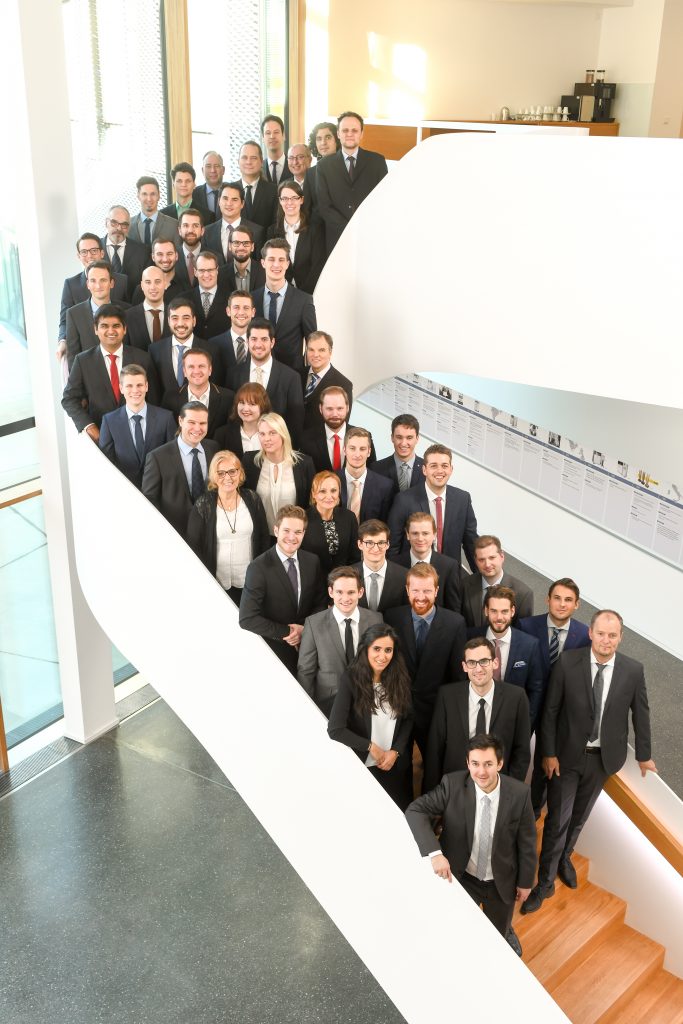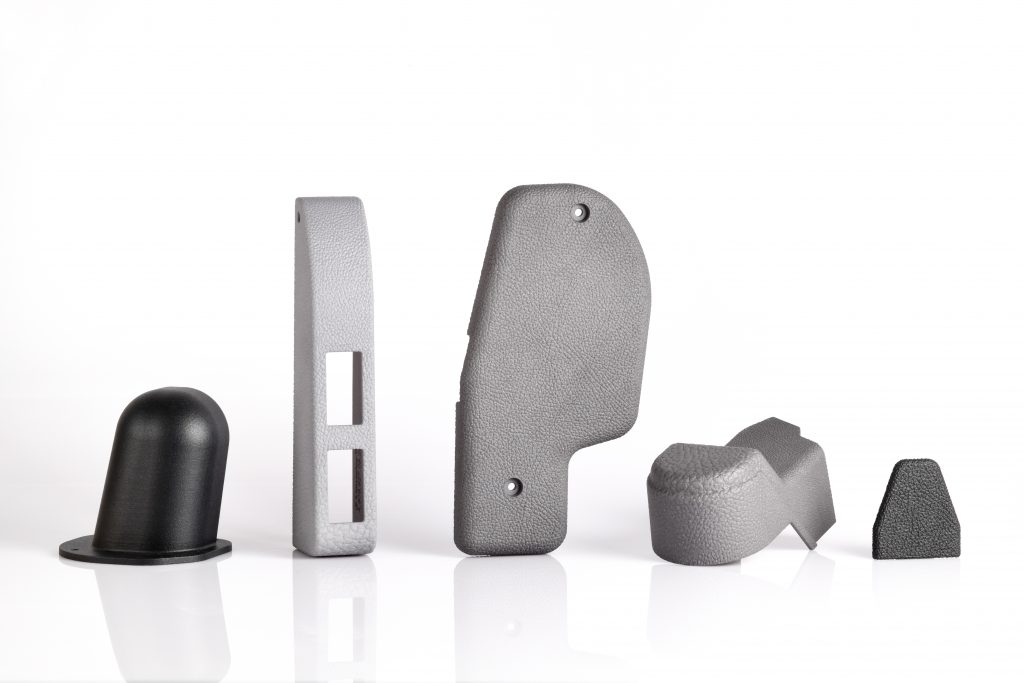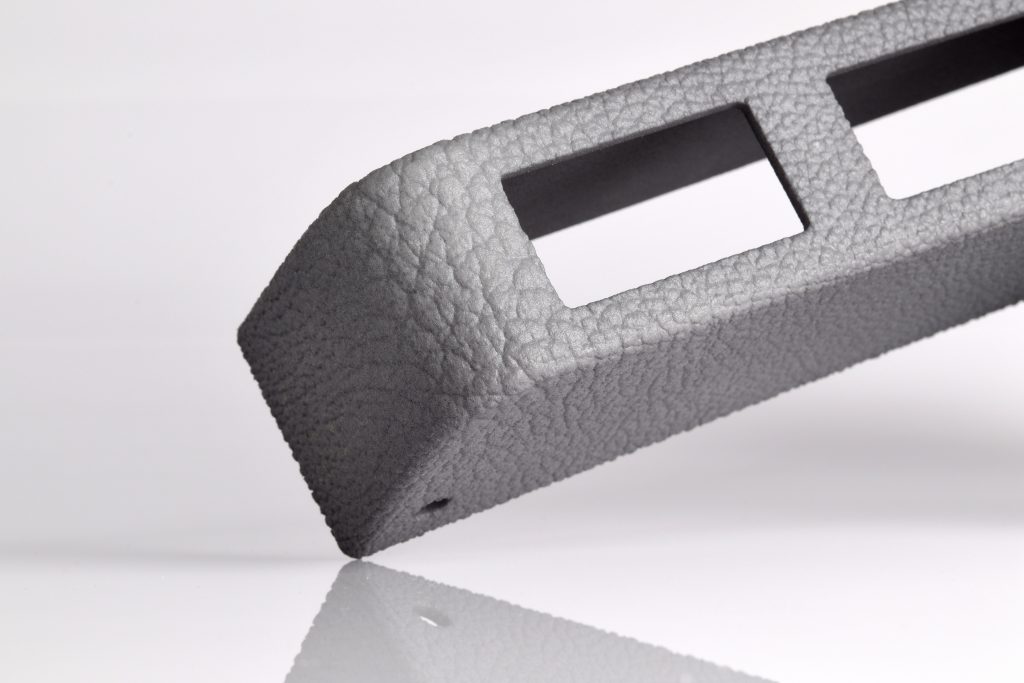One of the things holding 3D printing back is the lack of Application Development Consultants. Imagine the dawn of the asphalt age, bitumen production increases as maps are filled with squiggly lines where fields once stood. Cars roll off of vastly expanded production lines while workers who built them on cue, queue in lines for new automobiles. Where do we see the constraints of this automotive revolution? We don’t really see them at the time, just like we can’t fathom the effects. Decades on suburbs emerge, nations have changed and the citizens of the first world are all connected by a web of white lines on hardened petroleum, a new future being patrolled by cars propelled of earth’s crust cured dinosaur. We are, I believe, at the forefront of just such a revolution. But, rather than connecting all the points of the known world we will connect all the points of our imaginations with the makable.
All our dreams unmade will become things. We have machines and materials being pushed by millions in investment. New 3D printers, 3D printing technologies, and applications emerge daily. Many companies are trying to use 3D printing for manufacturing and are exploring many uses of the technology in the supply chain. But, what apart from institutional decay and inefficiency is holding them back? If we go back to our automobile example, and truly by now as allegories go if it were a horse and carriage the horse would have long been whipped to death, what is lacking is driving instructors. We can build the machines and making the materials is ramping up, we have designers that are learning and companies that are exploring. Excited business development folks have filled their powerpoints with more hockey sticks than the NHL. Everyone who dares think knows that 3D printing will change a lot of things in many industries. The hype may have subsided but now the wave of adoption is being pushed behind closed doors. Sadly these companies know that the road to the future is there but maybe don’t know that they can’t drive. This is especially the case with those being ‘helped’ by consultants that perhaps are good at consulting but have no industry knowledge to speak of let alone practical experience with commercializing our technologies. A comedy of Excel, these limited Value chain morons embarrass themselves to no end. My favorite thing applied to those that perhaps should stick to hugging clouds or helping your local government with its blockchain challenges in, “they don’t even know how to ask the right questions.” Imagine asking an abstract expressionist used to dripping paint everywhichway to make a subway sign legible to thousands. The bull excrement artists are indeed artists but we need those that can actually teach and explain, not mystify. Meanwhile, I think I’ll place my trust in a sign maker who is paid to make something that points people to the right way rather than a tech term maker who is paid to play buzzword bingo.

Image: Tobias Hase. A portion of the Additive Minds team in Krailling near Munchen. Fabian is the one in the charcoal suit.
Happily, there are a few consultants in our corner who do actually know what they’re talking about. These people are called Additive Minds (there are a few others as well). Additive Minds is an academy, a series of demo locations and consulting services geared toward letting customers industrialize 3D printing for manufacturing. Born from laser powder bed fusion giant EOS these consultants are helping companies go from a standstill towards driving towards the future. We spoke to Fabian Alefeld of Additive Minds to find out more.
What is Additive Minds?
“Additive Minds is an applied engineering and consulting group in the field of industrial 3D-Printing. We support organizations in various industries to transform themselves to enter production with additive manufacturing (AM). Our team consists of more than 100 experts globally, that guide companies through their individual AM transformation and transfer the necessary knowledge organizations need to become successful. To date, we’ve performed more than 300 projects globally, all with the objective of growing the AM market and creating trust in industrial 3D Printing.”
What do you do?
“As the manager for the consulting business of Additive Minds, I oversee all consulting activities within the North American market. This focuses on identifying challenges and opportunities AM creates for organizations and translating those into long-term projects. Currently, I am building a team in the US that, jointly with customers, identifies value chain opportunities and applications with a technical and economic feasibility to be produced using AM. We then work with our engineering teams of Additive Minds to develop those organizations into successful AM production chains for innovative applications.”
Give me an example of a project?

Laser Powder Bed Fusion Spare parts for Daimler Evobus, notice the textures and surface finish.
“With Daimler Evobus, Additive Minds proved that manufacturing spare parts additively can create a positive business case for OEMs by simplifying the spare part supply chain. Here, Daimler and Additive Minds screened a portfolio of more than 300,000 parts and identified 2,000 metal and polymer parts that could be produced additively. In the current first production stage, Daimler is 3D printing 20 of those with EOS technology. Within such projects, we are keen to transfer as much knowledge as possible – this means, that the next part screening and application development phases within Daimler can happen without the support of Additive Minds.
Other projects include setting up centers of excellence within organizations to establish sustainable AM practices or extensive application development for metal and polymer applications and taking those into validated production.”
Is this application development?
“Application development is a core expertise of Additive Minds, and our work with Daimler Evobus is one example of this. When it comes to establishing production standards for AM, process parameter development is often underestimated, even though AM can significantly reduce production cost or optimize part properties such as surface finish and density. Out of our 100 experts, one of our teams alone has more than 100 years of experience in AM – consisting of only five people. With experts like that, we can provide organizations with the expertise they need to establish a clear path forward and stay ahead of their competition.”
What’s the best way to take a company from knowing nothing about 3D printing to being able to use it for manufacturing?

Image: Tobias Hase
“This transformation usually starts with identifying potential disruptive levers within their own value chain. From there, we identify applications or potential new solutions where AM adds value by either improving the part performance or the supply chain in addition to having economic feasibility. This all counts towards achieving competitive advantage for our customers and taking them from the initial step into a highly efficient production of innovative parts within the shortest time possible.”
What are some of the key institutional barriers to adopting 3D printing for manufacturing?
“Within organizations, there’s still an experience gap that exists with AM technology and not fully understanding how to best implement AM into current operations. Comments like “we tried this a few years ago and it didn’t work – AM is not ready” are often said. We work to overcome these mindsets by developing first concepts and a business case to show that the technology has matured from an engineering point of view and has become more economical to convince the purchasing department.
On the other hand, organizations need to invest in key knowledge holders and make sure that they can spread and transfer that knowledge internally. In some projects, we are even certifying internal personal through an Additive Minds led training program that includes workshops and e-learning modules.”
What is tricky if I want to do manufacturing with AM?
“The challenge in implementing AM is educating people so they can think in a new way about manufacturing and then transforming production processes.
Educating people sets the basis, allowing them to think differently and removing barriers in their way of thinking to completely reimagining manufacturing.
On the other hand, the transformation of production means understanding how to incorporate AM into existing production workflows as well as incorporating AM into existing quality systems.”

Image: Tobias Hase
What are product categories and industries that are ripe for AM adoption?
“Almost every industry has an AM pioneer or at the very least, is working on AM applications. The aerospace, medical and tooling industry are already at a quite ripe state and other industries such as automotive are using AM for high performance parts or simplifying their supply chain. Nevertheless, we are at the beginning of transforming manufacturing, as AM currently owns 0.02 percent of the global manufacturing market with a global revenue of $2.5 billion USD.”
Manual labor is still a considerable component of 3D printed parts, how can we reduce this?
“Manual labor will be reduced through automated unpacking and post-processing as well as a seamless digital integration. We are currently working on such solutions with our partners Premium Aerotech and Daimler through our NextGenAM project. Nevertheless, organizations need to distance themselves from looking at AM from a cost-per-part point of view. Rather, organizations need to look at their whole value chain and identify the great opportunities than AM can add. This will justify manual labor of the application and can reduce supply chain complexity or create a competitive advantage.”
I keep thinking that each and every technology will have its own ideal part and application. Do you agree?
“AM will never be the only technology and disrupt 100% of the traditional manufacturing. Within the AM market, there will also not be only one technology. All players within the AM market are currently jointly working on growing the market, securing trust in this technology. And each different AM technology will have its fields of applications.”
Do you think that SLS (powder bed fusion) will be mainly a technology for medical applications or be used more broadly in manufacturing?
“DMLS and SLS will are already out of the medical niche and used in aerospace, automotive and other industries.”
How long would it take a company to adopt metal printing from knowing nothing to making their first parts?
“We need to distinguish between making first parts versus serial production in a restricted industry.
For making parts, we have educational programs that allow manufacturers to build their first parts independently on EOS standard process parameters within two weeks.
If we are talking about for example an aerospace company that wants to newly develop parts, take them through certification and get into production with a statistical process control and a quality system in place, it can take about 12 to 18 months with external support such as Additive Minds. Without external expertise, this is a risky project, as organizations then need to go through a trial and error phase, which is both time and cost intensive. This is because it is hard for organizations to acquire resources with AM expertise, which are rare and expensive. Companies faced with the option to train existing or new hires and ramping up their learning curve as fast as possible.”
How do you train people?
“Since we founded Additive Minds, which was roughly 4 years ago and originally called AM Consulting, we have developed several methodologies on how to transfer knowledge. However, trainings are only the beginning of implementing AM into organizations. We focus on long-term engagements within projects, where we start with trainings and applied workshops and then transition into a co-engineering and co-creation phase. Through this process, Additive Minds takes over a larger role in the beginning, and step by step transfers the lead to the employees of our customers. That way, knowledge is transferred first and then applied and customized to each and every employee and organization. This is how we secure long-term success for our customers, not long-term dependency on Additive Minds.”
Who are your trainings for?
“Additive Minds focuses on organizational AM transformations, where we provide trainings, workshops and customer specific engineering and consulting services. The goal is to engage new business models in new markets with completely new engineering approaches, enhanced quality management and even digital integration. We need to work with and focus on stakeholders across organizations. From C-Level, purchasing and engineering, to finance and machine operators, all need to be “Additive Minded” to transform such projects into a long-term success.”

230 Replies to “Interview with Fabian Alefeld of Additive Minds, 3D Printing Training, Consulting and Application Development”
Comments are closed.